A holiday in Naples can be experienced differently according to your needs.
Naples, in fact, offers multiple attractions from food, to breathtaking locations, to culture.
If a cultural holiday is your need, Naples is your ideal city as it is one of the world capitals of art.
I propose a short itinerary among the main museums of Naples, remembering that the Green Pass is compulsory for entry due to the Covid 19 legislation.
Museo del Palazzo Reale
Address: Piazza del Plebiscito, 1 – Napoli
The Museo del Palazzo Reale is housed in an imposing building built in 1600 by Viceroy Fernando Ruiz de Castro VI, Count of Lemos.
The Palazzo Reale was the main residence of the various kings of the Kingdom of Naples.
After the Unification of Italy, it became one of the Savoy residences.
In the main facade of the Palazzo, on Piazza del Plebiscito, there are eight statues of the Kings of Naples.
The building can be visited both as an art gallery and as a historic residence.
In the outdoor area there is a magnificent garden open to the public.
The exhibitions and scheduled events are available at the link of the official website.
Museo Nazionale di Capodimonte

Address: Via Miano, 2 – Napoli
Originally the building that currently houses the museum was another palace of the kings of Naples.
The royal palace of Capodimonte is inserted in a large park that alone is worth a visit.
The Capodimonte palace houses ancient and modern art galleries and a royal apartment.
The Museum is divided into four levels:
- Ground floor: here are the services for visitors, the toilet and the ticket office;
- First floor: here is the Farnese gallery, the De Ciccio collection, the historic armory, the Royal apartment, the Borgia collection, the Porcelain sitting room and the Porcelain gallery;
- Second floor: there is the contemporary art gallery, the Neapolitan gallery, the tapestry room and finally the Avalos collection;
- Third floor: it houses a collection of contemporary art, the Nineteenth Century Gallery and the photographic section.
The exhibitions and scheduled events are available at the link of its website.
Museo Archeologico Nazionale or MANN
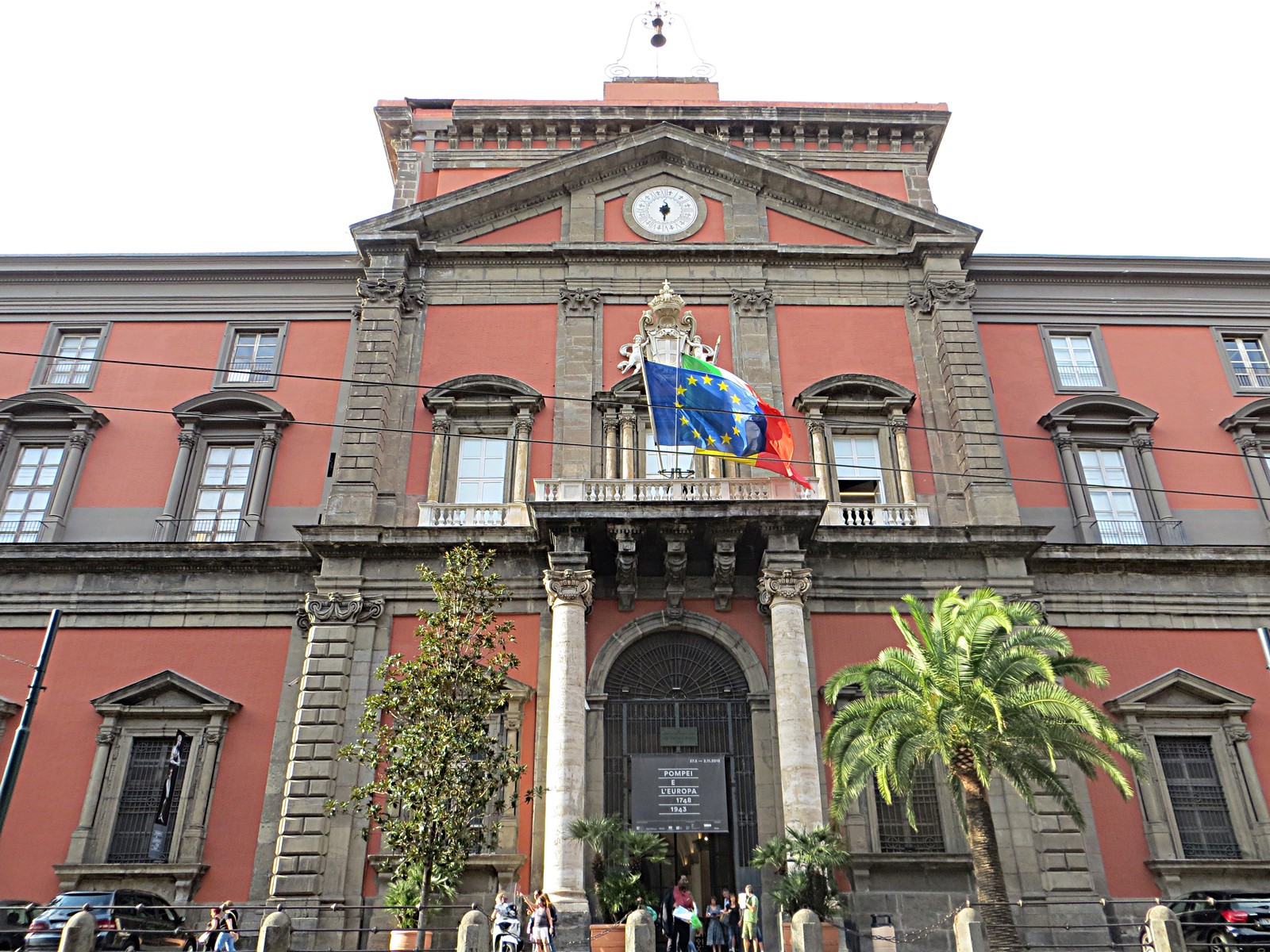
Address: Piazza Museo, 19 – Napoli
Originally, the Museum was born during the 1700s at the behest of King Charles III of Bourbon in order to house the Farnese Collection from Rome.
In the following centuries the Museum acquired more and more importance especially since it began to contain the archaeological finds from Pompeii and the Vesuvian area affected by the terrible eruption of 79 AD.
The museum also houses an important Egyptian collection as well as archaeological finds from numerous excavations carried out in Campania and other places.
The exhibitions and scheduled events are available at the link of the official website on this page.
Museo dell’Opera di San Lorenzo Maggiore
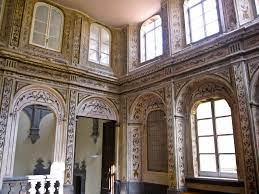
Address: Piazza San Gaetano, 316 – Napoli
The Museum is housed in the convent complex of San Lorenzo Maggiore and offers the opportunity to admire the artistic collections of the 1700s that once belonged to the convent itself.
In the basement of the building there is an exceptional archaeological area dating back to the Greek-Roman period in Naples.
The exhibitions and scheduled events are available at the link of the official website.
It was almost impossible for us to reduce the culture of Naples into just 5 museums, so consider this description as a five plus three....
Museo del Real Teatro San Carlo

Address: Via San Carlo, 98 – Napoli
A museum of the same name is annexed to the San Carlo Theater in Naples, also known by the acronym of Memus, that is to say "Memory and Museum"
The Memus houses paintings, photographs, musical instruments, costumes and period documents that trace the history of the San Carlo, the oldest opera house in Europe (1737).
The exhibitions and scheduled events are available at the link of the official website.
Museo della Certosa di san Martino
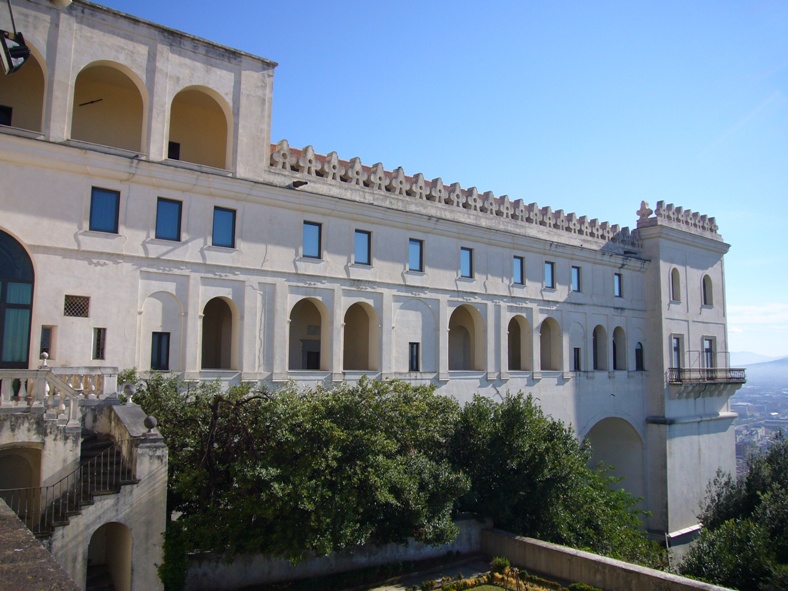
Address: Largo San Martino, 5 – Napoli
The Museum of the Certosa di San Martino is located within the historic monastic complex in the vicinity of Castel Sant’Elmo.
Currently, the Museum offers its visitors very diversified historical and artistic collections as precious testimonies of the history of the Kingdom of Naples.
Among the objects of great interest there are coats of arms, royal boats and carriages, paintings, sculptures, Capodimonte porcelain and historic Neapolitan nativity scenes.
The Museum also houses the Tavola Strozzi, the oldest topographical representation of Naples which dates back to 1400.
The exhibitions and scheduled events are available at the link of the official website.
Palazzo delle Arti di Napoli or PAN
Address: Via dei Mille, 60
The Museum is located inside the Roccella Palace dating back to 1700.
The PAN is the Neapolitan museum of contemporary arts and, therefore, accomodates works of art of various kinds, from painting, sculpture, architecture, photography, design, cinema, video-art, comics, for give some examples.
In the Museum there are permanent and temporary art exhibitions, a contemporary arts documentation center, spaces for didactic activities and a media library.
The exhibitions and scheduled events are available at the link of the official website.
Museo d’Arte Contemporanea Donnaregina or MADRE
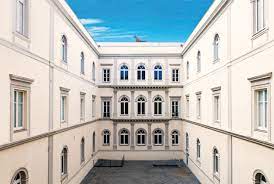
Address: Via Luigi Settembrini, 79 – Napoli
The museum is located in the historic Palazzo Donnaregina from the Monastery of S. Maria Donnaregina, founded by the Swabian kings in the 1200s and then enlarged and rebuilt in 1325 by Queen Maria of Hungary, wife of Charles II of Anjou.
The current building dates back to 1800, but originally the entire monastic complex was built on the remains of buildings from the Greek-Roman period.
Generally, the permanent collections of the MADRE consist of works on loan from national and international cultural institutions or directly from artists.




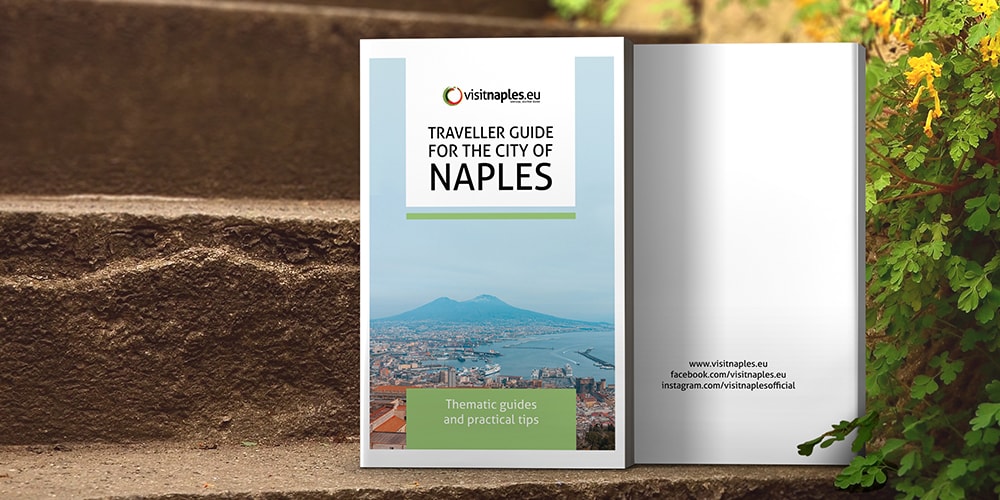
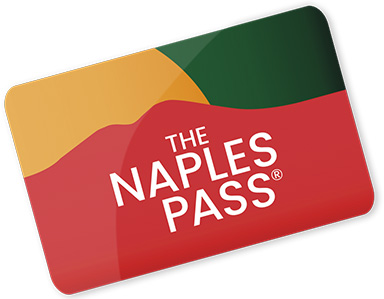



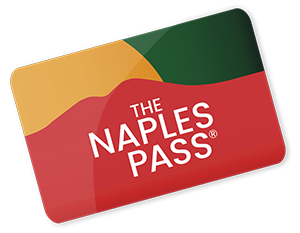
Lascia un commento